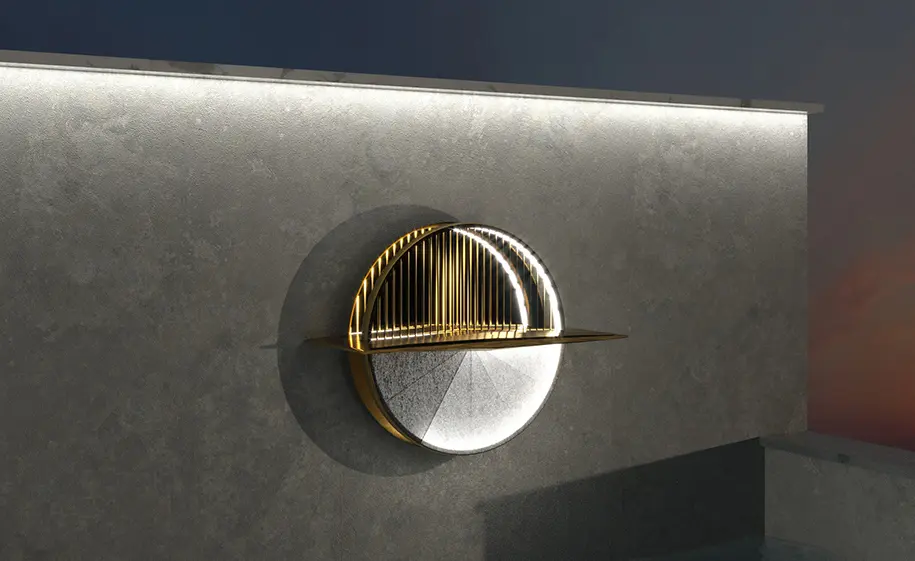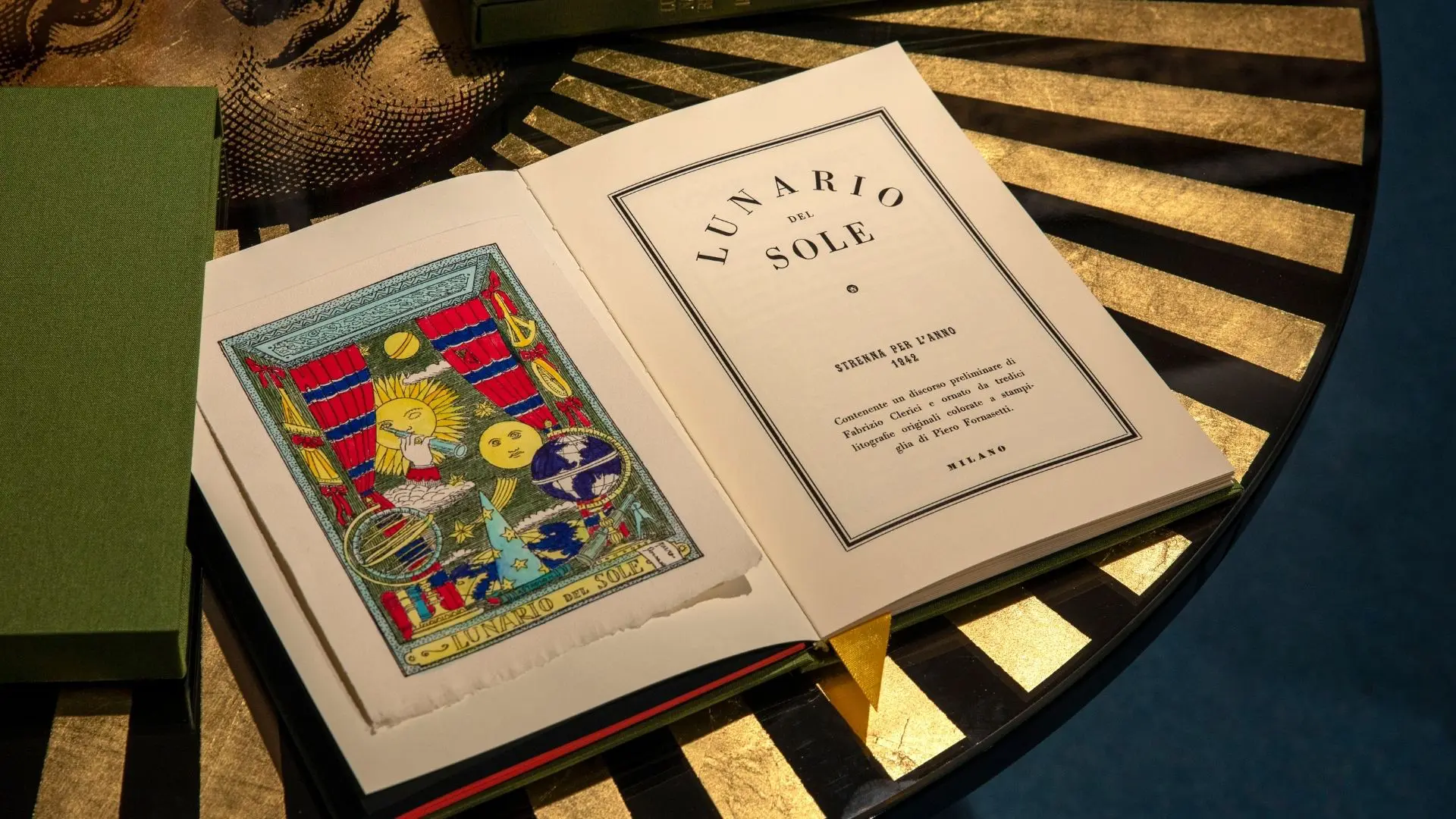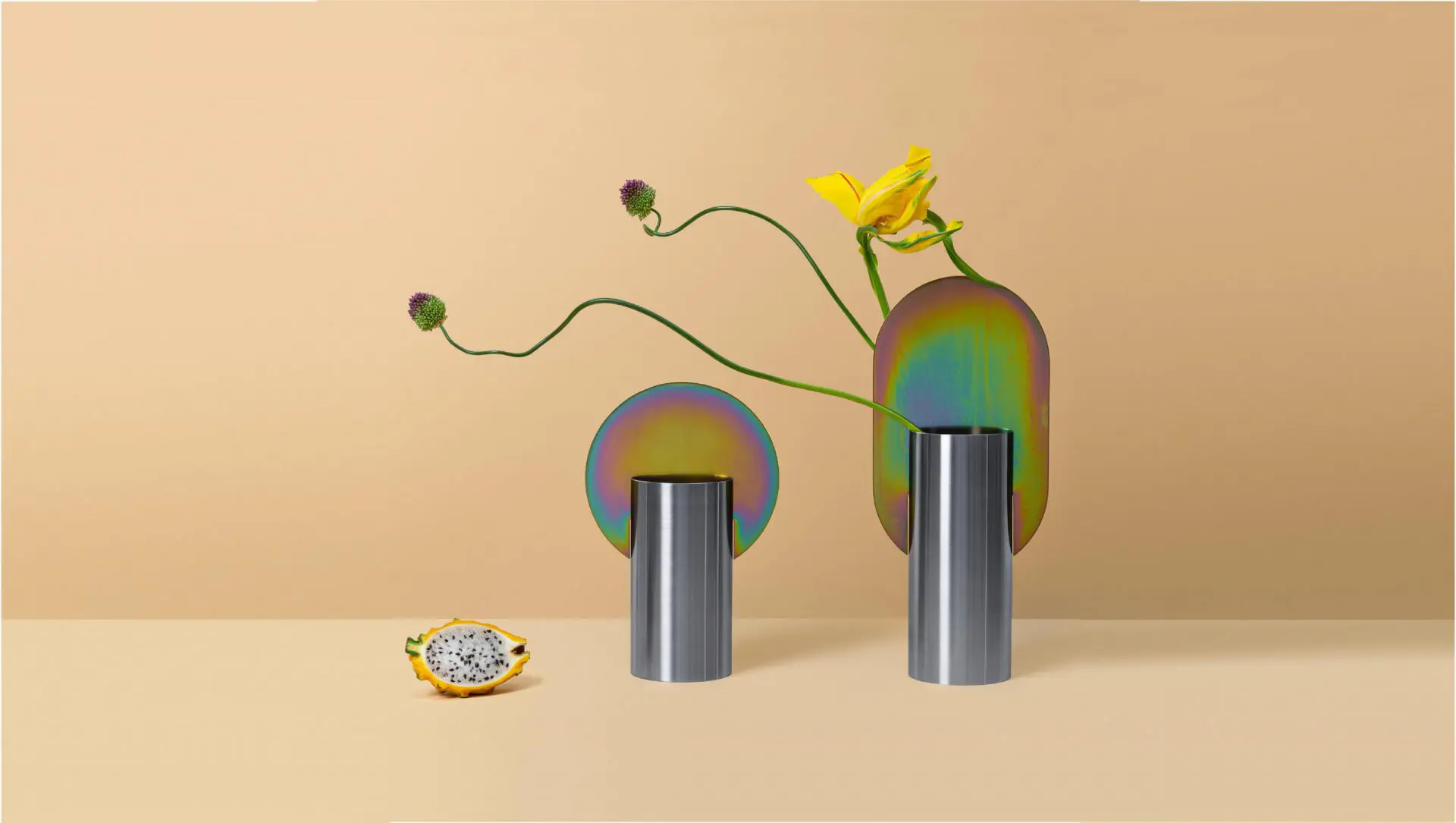10 unique design clocks ahead of their time
In the era of technology everywhere you turn there is a smartphone or a computer screen showing the accurate time. But clocks still hold an essential role in interior design.
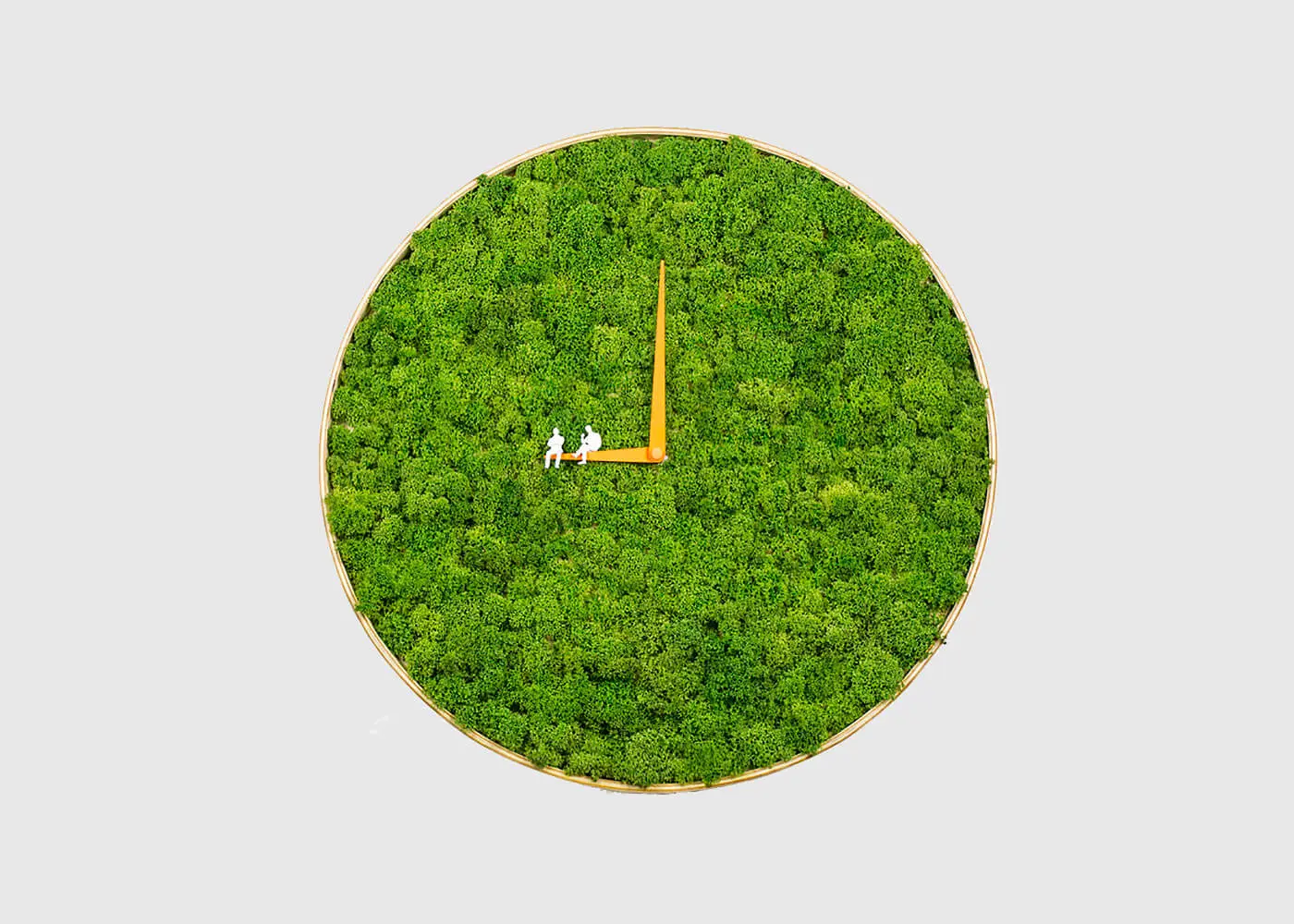
Clocks are not purely about functionality, they also serve a tremendous stylizing function. For this reason, we selected the 10 most atypical and quirky design clocks.
Anyone knows what a mechanical clock is. But who invented it?
Born as an astronomical tool, the first-ever mechanical clock was created in 723 a.d. by Chinese monk and mathematician I-Hsing, who named its invention: “Water Driven Spherical Bird-Eye-View Map of the Heavens”.
Skipping a couple of thousand years forward, we cannot imagine “living without time”.
Clocks in the history of humanity have marked not only the minutes and hours but the days, years and decades: their technical and stylistic evolution kept pace with the events of each era, marking the changes in aesthetics and technology alongside its time.
Moreover, despite the development of technology, the use of smartphones and smartwatches, mechanical timepieces are still one of the most widespread home items and the design has reinterpreted this everyday item in the most varied ways.
We picked 10 unique, crazy and weird design clocks:
STORY by Flyte
Float through time with STORY designed by Flyte. STORY is an unusual levitating timepiece that features a ball orbiting on the wooden base, counting the minutes, hours, or even years.
The clock uses magnets to create this illusion. With the first of its three settings, “Journey”, you can set it to a specific date, watching the magnetized ball travel on the circular wooden piece until it reaches an upcoming moment such as a birthday.
The “Clock” setting allows you to use STORY as a traditional timepiece, and finally, “Timer” acts as a countdown for kitchen prep or time out.
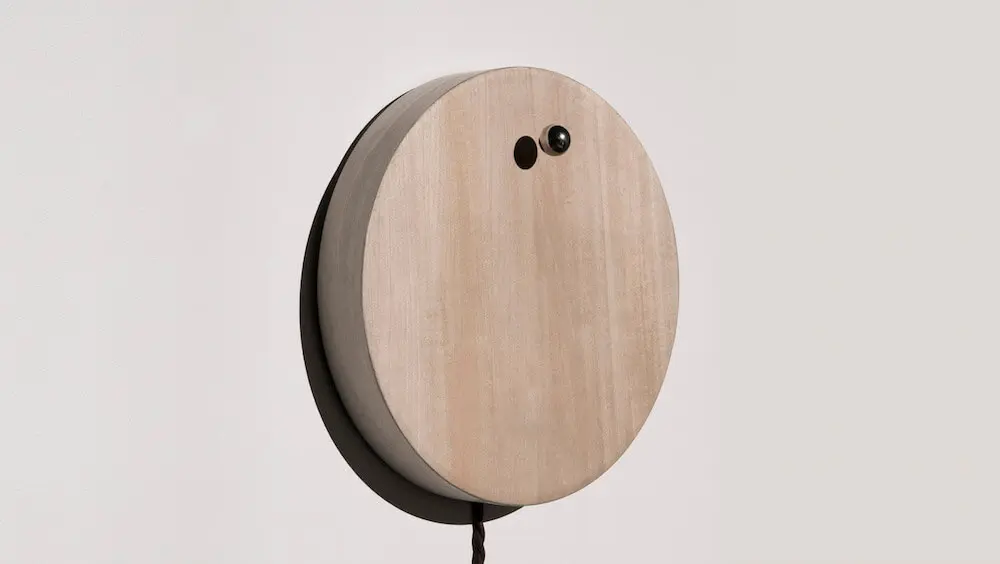
Aria Balloon Clock by Heartstorming Design Studio
Taking inspiration from childhood memories, the Aria Balloon Clock features a playful and curious design. Made by the Seoul-based design studio Heartstorming, the timepiece perfectly embodies the studio’s mission to create projects to make people “smile in their heart”.
The wall clock features an inflated balloon body made of ABS/SAN transparent polymer plastic. The wrinkles on the side of the balloon-like-shape mark the hours, while the large and simple hands display the passage of time clearly.
The Aria Balloon Clock can certainly add to any modern interior a cheerful, bright and distinctive look.
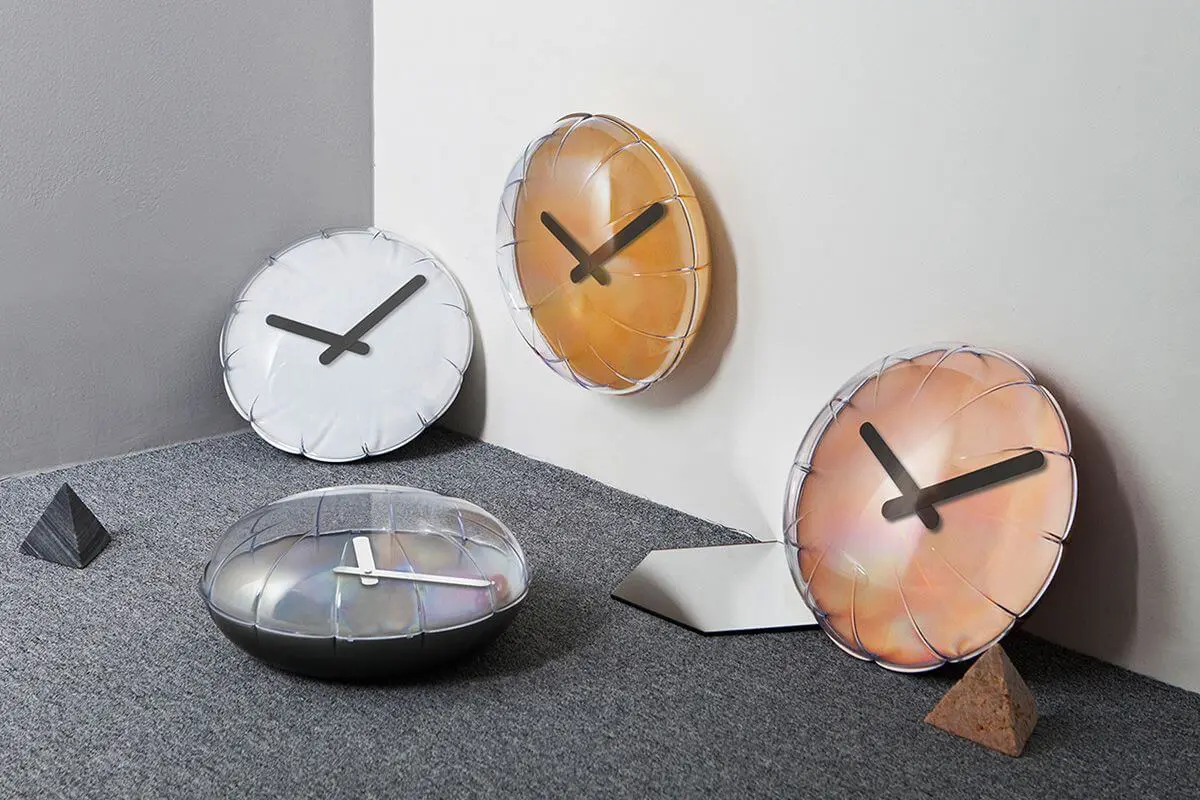
Sand by Studio Ayaskan
London design duo Studio Ayaskan created a clock that rakes the sand in hypnotic concentric circles to mark the passage of time. Sand, inspired by the landscape art of Japanese Zen rock garden, marks the time with a gradual formation of ripple patterns over a period of twelve hours.
In the daytime, the single-hand draws ripple patterns on the sand, whereas during the night these patterns are gradually flattened out to restart a new cycle.

There Is Something in the Air by Patrick Palcic
The German designer Patrick Palcic created a completely new, slow-paced method to tell time. Instead of reading numbers, Es Liegt was in Der Luft (translating as”there is something in the air“) sprays time in the air, for users to inhale.
The clock has 12 small holes, punctured around the perimeter and each hour is assigned a different fragrance. The copper dish turns slowly in order to have one hole in top position every hour, releasing a drop of essence that trickles down onto the copper dish, leaving behind a delicate trace.

Graphic Time by Raw Color
Graphic Time, designed by Netherlands-based studio Raw Color, is a graphic interpretation of a functional timepiece. The three pop colored half-circles represent hours, minutes and seconds.
The moving discs, perforated to reduce weight, rotate as time passes creating a new configuration and a different appearance by the passing of time. The object is a combination of movement and ever-changing compositions that display time in a stylish manner.
Available in two colorways, these kinetic creations are part of a series of abstract clocks, featuring a range of prints, perforations and vibrant colors.
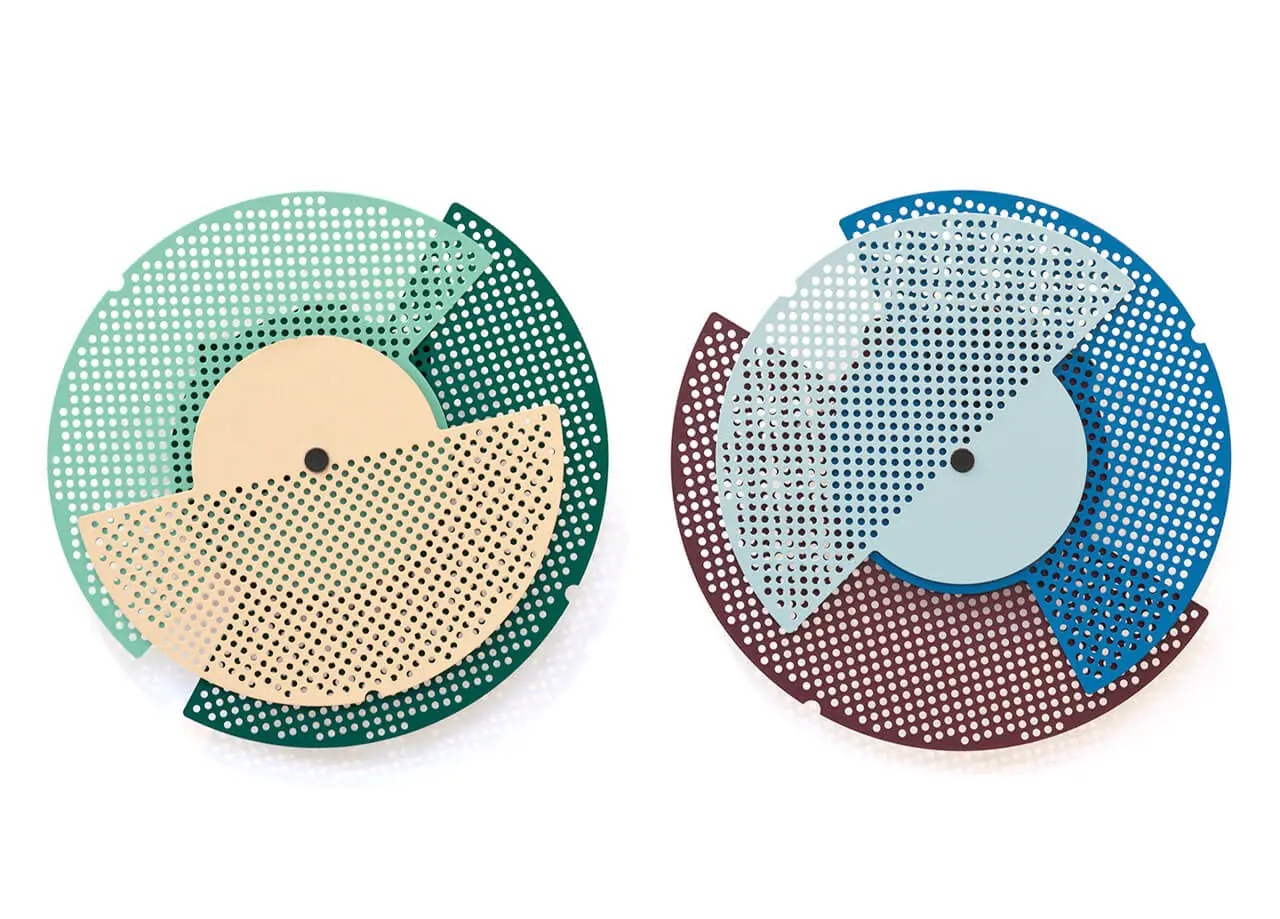
The Life Clock by SWNA office
Seoul-based design studio SWNA Office created a clock that incorporates a functioning emergency kit, to be used in the event of a natural disaster. The Life Clock was designed to stand out from existing disaster-related products and to ensure it can easily blend in the lives of its owners.
The clock features illuminated batons, aluminum thermal insulation blankets to sustain body temperature, compression bandages for first-aid treatment of hemostasis and broken bones, whistles for location-signaling, flags to indicate distress, an ICE card for simple personal information, and a guidebook to guide you in case of natural disaster.
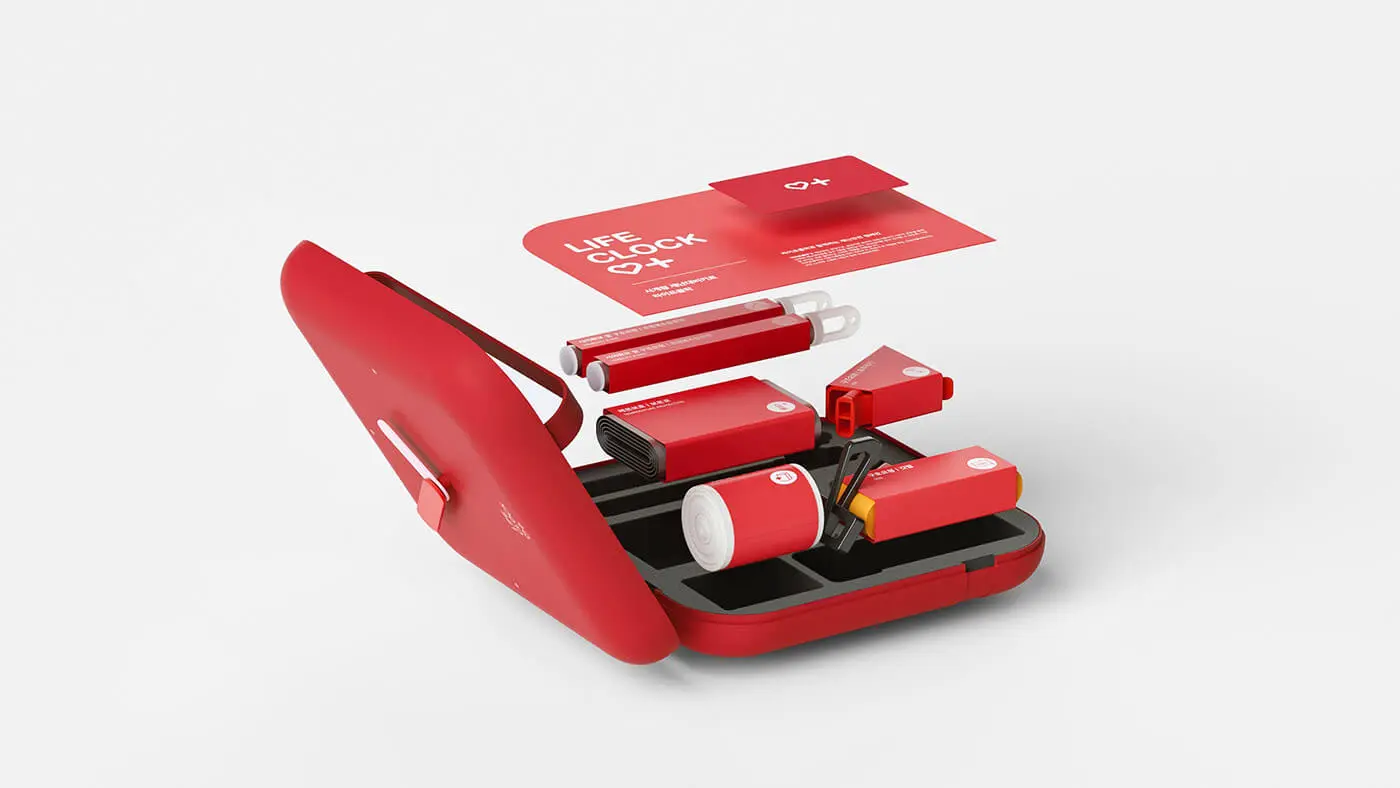
Solstice by Matt Gilbert
Solstice is a shape-shifting wooden clock designed by Matt Gilbert, founder of the London-based design studio Animaro.
This curious timepiece presents different configurations throughout the day, expanding to its widest form at noon when the sun is at its highest point, and contracting at 6 pm when the sun is near its lowest.
Solstice’s meditative movement was inspired by nature, specifically how a flower expands its petals to absorb more sunlight. Moreover, the clock is also a return to our historic roots, as its shape and suggested way of reading the time are reminded of a sundial.
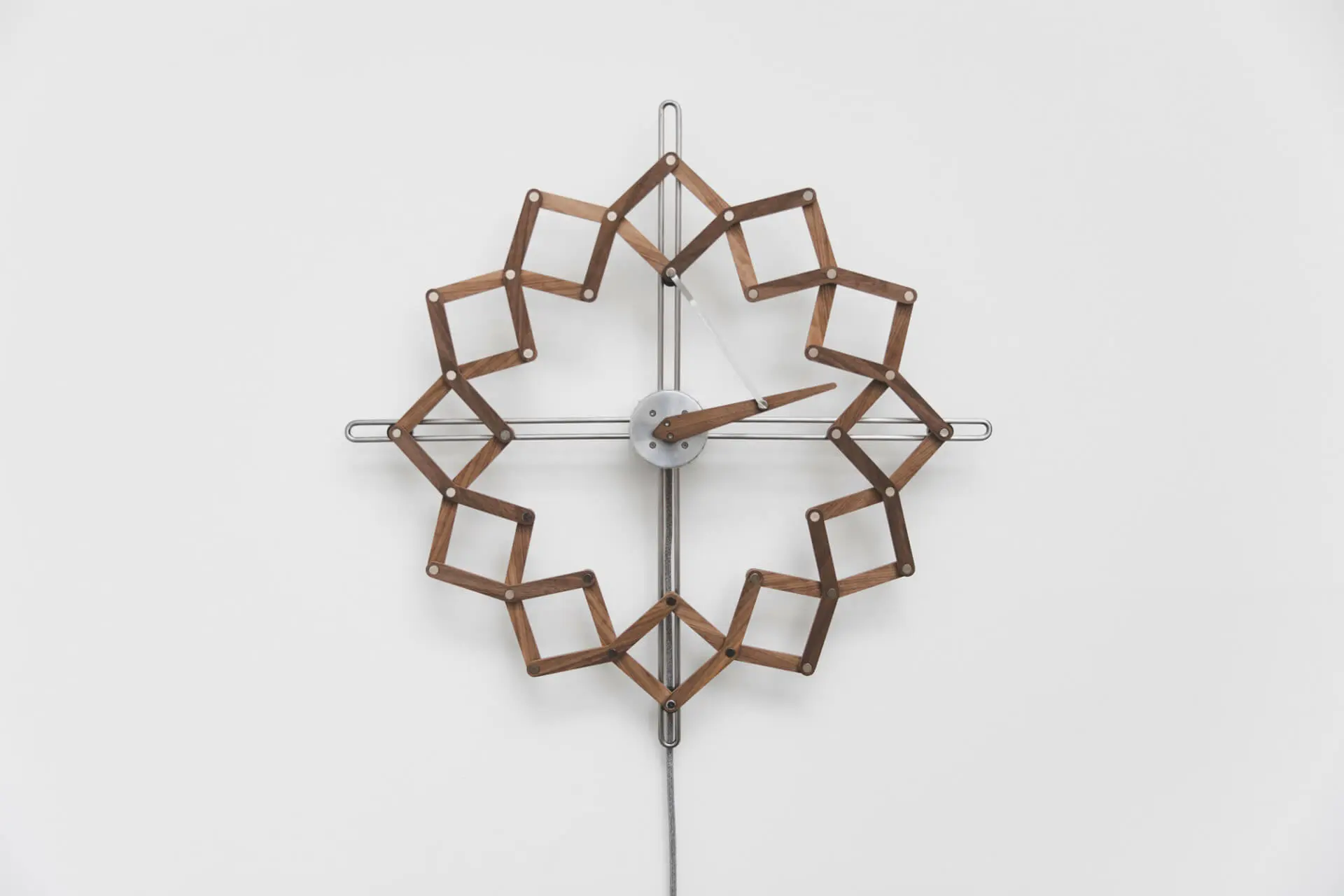
The Moss Clocks by Noktuku
Reindeer moss, so-called for the antlered mammals who eat it, finds its way inside our homes on the face of this anti-industrial design by Dutch studio Noktuku.
The eye-catching clock is made from nothing more than steam-bent baltic birch plywood with a single connection joint. The circular frame contains a careful selection of genuine Norwegian reindeer moss to bring a hint of nature into your homes.

Shadowplay Clock by Breaded Escalope
Design collective Breaded Escalope created a clock that tells time using shadows. The Shadowplay Clock comprises a raised plywood ring with hidden LEDs and sensors. These are connected to an Arduino electronic platform, which relays the signal to turn off the lights.
By placing a finger in the middle of the circle, the user activates a sensor that turns off all the lights, except three. Each casts a shadow of the outstretched arm in the directions that clock hands would point to at that given moment.
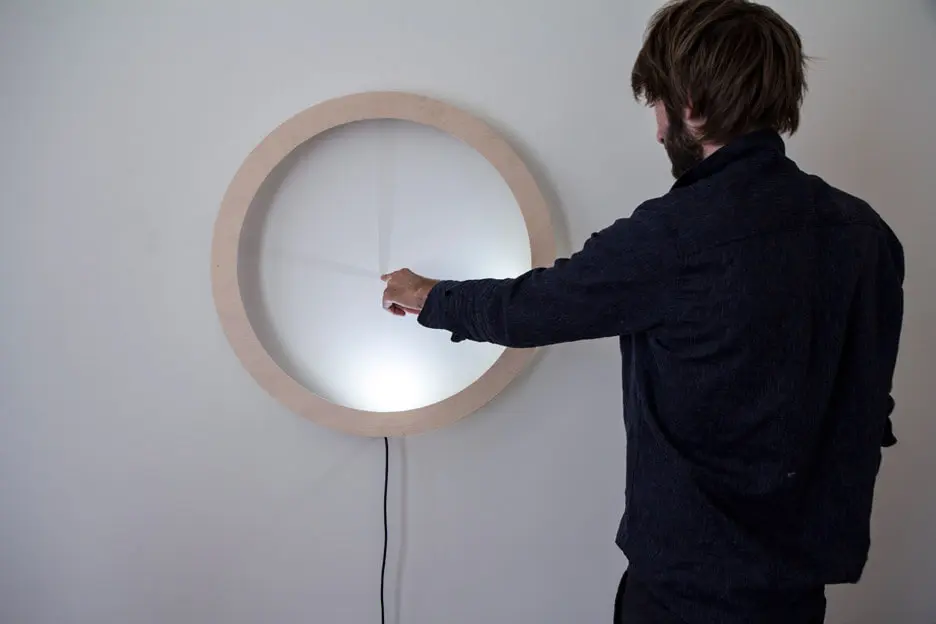
Reverse Sunclock Multifunctional Wall Lamp by ADD Architecture Studio
The Reverse Sunclock Multifunctional Wall Lamp, designed by ADD Architecture Studio, draws inspiration from the desire to match two inseparable concepts: time and light, combined in the creation of a sun clock, which also functions as a lamp.
To the passing of times, a disk gradually lights off in parts corresponding to the partition of a clock. Half translucent fiberglass and half golden metal, the disk rotates in accordance with direct and indirect light during the day, while always indicating the time.
The 6 segments of fiberglass of the upper half-disk gradually light off from 9 am till 3 pm, and then the disk rotates 180 degrees. The same process occurs from 4 pm to 9 pm, repeating itself every 6 hours.
